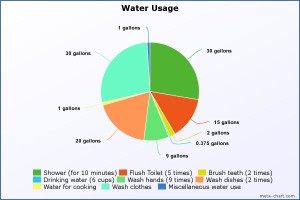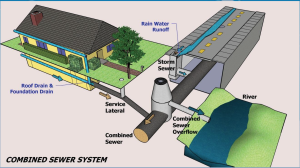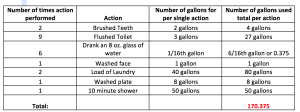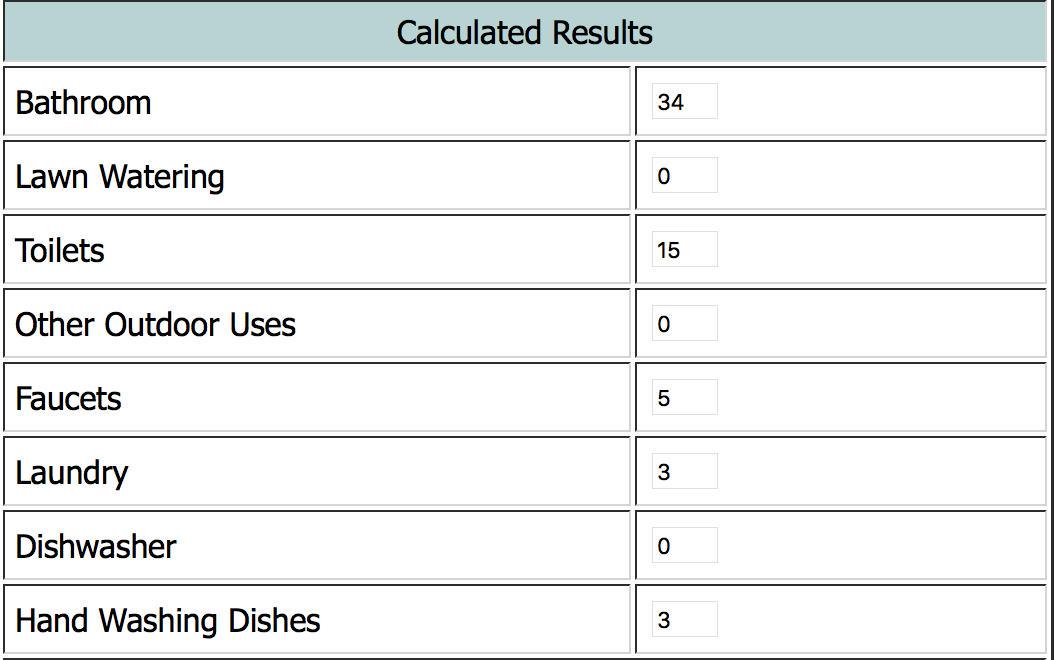1-a
Here I would like to talk about the water management in my hometown, Beijing, China. First of all, I would like to address why Beijing is the capital of China despite its characteristic severe water scarcity all the time. In 1641 the third emperor of Ming dynasty, Di Zhu, moved Chinese capital city from Nanking to Beijing in order to set up better defense against Mongols’ invasion. Back in 1600s water scarcity problem wasn’t that important compare to national defense. Beijing has mountains to its north and west and plains to its south and east. Currently, Beijing is running on a serious negative water usage budget. There are around 85 water reservoirs around Beijing, mainly in northern and western mountains. Only four of them are the major ones consist of 85% of the whole water reservoir capacity. Two main rivers supply the city while one of them, Yonding River, was abandoned due to pollution in the last century and now function as Wetland Park and a solution to flood during rain season. The water usage amount exceeds the supply by 0.6 billion cubic meters in a year. (Usage is 3.6 bn cubic meters, supply is 3.0 bn cubic meters) The government solved this issue by spending billions of money on the famous ‘South-North Water Transfer Project.’ The project created three main pipeline connecting Han River, in the central China with Beijing by over 1,000 km (600 mi) of giant pipes. So the water supply of Beijing is consists of exploitation of ground water, precipitation, several rivers and the ‘transfer project.’ Several rivers flow through Beijing is also fed by the ‘transfer project.’ Residential water usage claims half of the total usage while irrigation claims almost the other half. On behalf of wastewater treatment, Beijing is making great effort to this issue. New wastewater facilities are constructed and put in use yearly. This method accounts to a quarter of the total amount of wastewater which then be used as industrial coolants, irrigation and other minor aspects. The rest are being treated to lower standard and transported out of Beijing to Haihe in Tianjin which then joins the sea. That’s about the general view of water management in Beijing.
1-b
The day I used to record my data is Feb. 5th, 2016. After computing my answer from USGS website, I got totally thrilled by how much water I use in one day, which is around 40 gallons. I got thrilled because that the next question asks me to live with only 2 gallons a day. Below is my data collected from previous day and I even felt that I drank less water compared to other days.
- 2 tooth brushings – less than one gallon
- 5 hand/face washings – one gallon
- 1 shower around 5 min – if I am using the water-saving shower then it would be 2 gallon per minute
- 5 toilet flushes – 8 gallons
- 8 glasses of water (8 oz glass)
- 1 time dishwashing by hand – 8-27 gallons depends on the efficiency.
- No clothes washing yesterday. I wash my clothes once a week regularly.
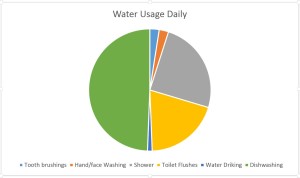
Dish washing accounts to the green portion that occupies half of the pie. Toilet flushes are represented by yellow legions. While shower water usage is shown by grey. This pie chart clearly shows which activity requires most water among other daily activities.
1-c
First of all, I would like to make some general goals for living with 2 gallons of water a day.Firstly, I need to cut my shower time by 80%, which would be roughly rinse over the body. And this would exclude the water wasted to get hot water to get hot water. Secondly, I have to cut all other water uses by half, and avoid dishwashing to achieve this goal. These aren’t enough. In the real practice on Feb. 6th, 2016, I didn’t drink a cup of coffee in the morning which I usually do. I avoided to make food at home. I barely showered and washed my face and hands. And the flushes minimal times. And the result turned out to be 10 gallons. I would not try this another day, and I definitely failed this experiment. In this experiment I showered, drank water, washed hands for few times, flushed 3 times and brushed my tooth once. The priority for this experiment I set is to have enough drinking water in order not to feel sick. As mentioned previously, I cut all the activity practices by half and avoided dishwashing. In all geography conditions make a huge difference between where I live now and Mozambique or Haiti. They are both in severe water scarcity levels. Haiti, which is on a Caribbean island and receive limited precipitation. All it could do is through ocean water desalination, which is an impossible practice to less developed nation like Haiti due to its high cost. Water availability is both low for these two countries. Although both have easy accessibility to sea, freshwater availability is low. Water use efficiency is low while most of water needs to be used for agricultural irrigation. Without adequate facilities only a small portion of people could gain access to an improved water source. (47% for Mozambique) As depicted in figure 4.3 America has adequate water usage compared to African countries which are ‘squeeze’ on the map. Thanks to a sophisticated water usage regulations, facility regulations and smart water management methods, people could enjoy plenty of water instead of worrying about it.

